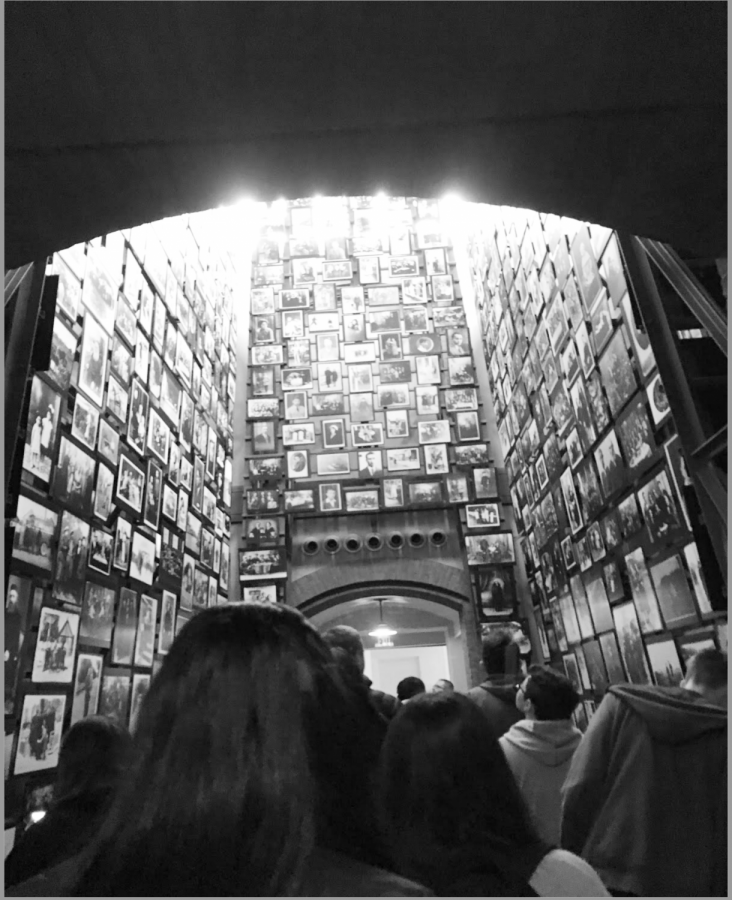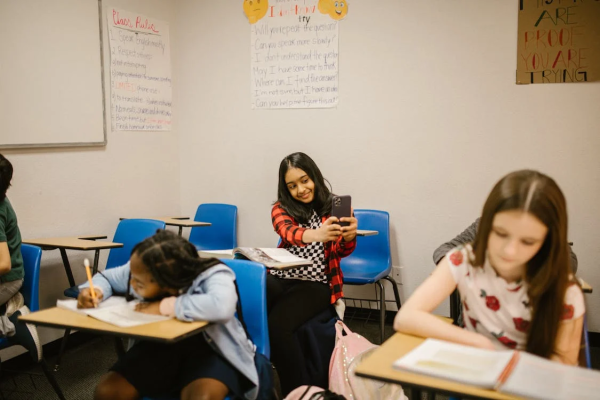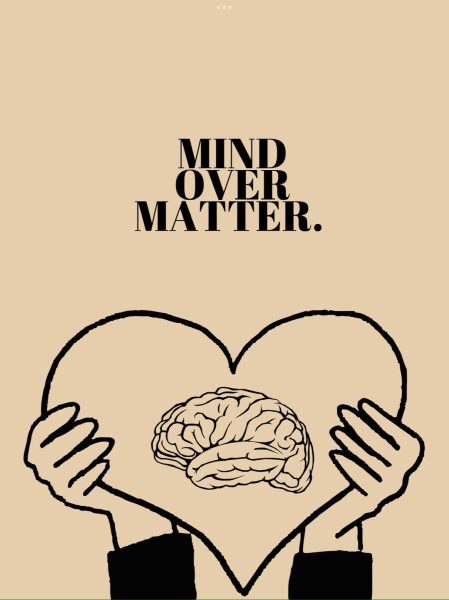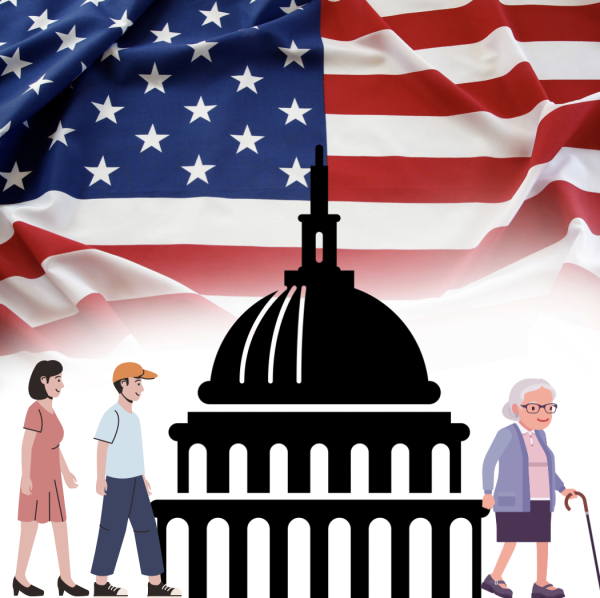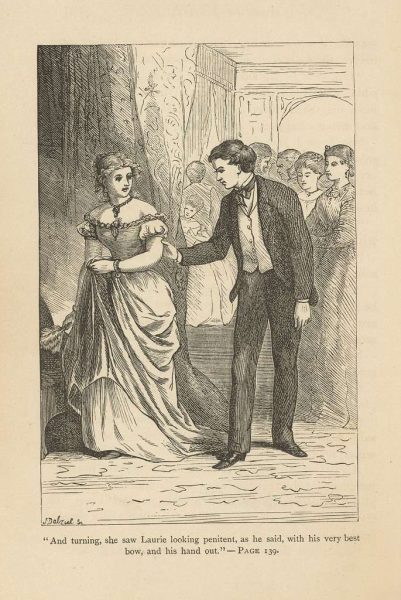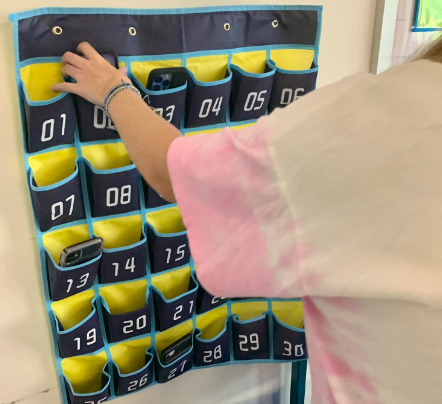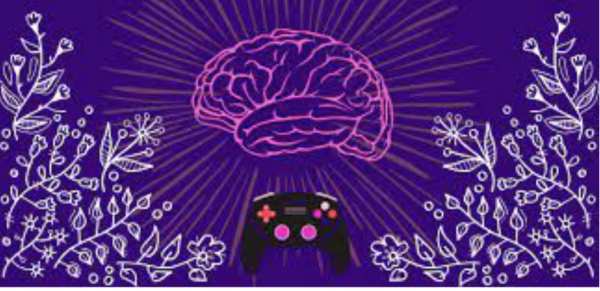There isn’t a word; floor upon floor exposes the awful truth of the Holocaust
The Holocaust Memorial Museum in Washington D.C. is designed to begin at the fourth floor with the Nazi’s rise to power in the early 1930’s and then down to the second floor with the liberation of camps in the mid 1940’s.
When the elevator doors open, you are instantly confronted with an enormous photograph of burned bodies.
I thought I would be desensitized to pictures like this from the other hundreds of gruesome photographs of the Holocaust I’ve seen, but it struck me like I was seeing it for the first time.
You have no choice but to look at it in detail and see the remnants of bodies under the charred wood.
It was disturbing.
There was an unsettling feeling of experiencing the Holocaust almost first-hand at this one picture and throughout the rest of the museum. As you continue, political events and early discrimination are detailed. Tassels of hair varying from black to light blonde, cards of all possible eye colors, and a tool used to measure the width of the nose is hung behind the glass.
The Nazi’s obsession with race was strict and unrealistic, it was unbelievable to think people approved of this. At the end of the fourth floor exhibit, there is a long glass bridge with words etched into the walls.
They were the names of towns and cities whose Jewish populations were partially or completely wiped out as part of the “Final Solution.”
The third floor focuses mostly on the ghettos and concentration camps. There is real (or maybe a casting) of a stone street from one of the ghettos that you are able to walk on. For some reason my first thought was of the people who had no shoes.
Even though there were plenty more worse things that occured in the ghettos, I wondered how cold the rough stones got and the damage it must have done to their feet. Being able to walk on the same stones made it feel so real. One of the most striking things to me in this museum was the Treblinka Path. The path connected the Treblinka killing center to a nearby forced-labor camp; it was made from the crushed remains of tombstones from Jewish cemeteries.
When you looked down at the path, you could see Hebrew letters in some of the pieces. The Jewish population and also their heritage were being destroyed. The bunks of the prisoners of concentration camps were on display.
They fit 5-6 people and had three levels. I remembered a lesson from years ago about what happened when someone needed to use the bathroom in these bunks. They sometimes would have no choice but to just go where they were and allow urine and excrement to drip down onto the bunk underneath them.
In the museum, the bunk was inside a barrack. It was made of very thin wood and the walls had some gaps. I didn’t think much of that until I saw a picture in the next room of rows of barracks buried in snow.
Towards the end of the museum is a sea of shoes confiscated from those entering the concentration camp.
We hear the number “eleven million” when talking about the total amount of people who died in the Holocaust, but I don’t think anyone can completely comprehend that.
Even though the amount of shoes was just a small fraction of those who were killed, standing in that room is the closest I think I’ll ever be to understanding the scale of the Holocaust.
Instead of looking at the death toll as only a number, I saw it as individual lives that were right in front of me.
Each shoe was real and worn by living people. There were so many experiences and memories and thoughts that came from the people who owned these shoes, but they were all crushed and forgotten.
There isn’t a word for the haunting understanding of how many people suffered and died in the Holocaust and there is no amount of tangible retribution we can give to the victims.
We can only work to prevent future atrocities and empathize with those who experienced them.
“For the dead and the living, we must bear witness.” -Elie Wiesel

